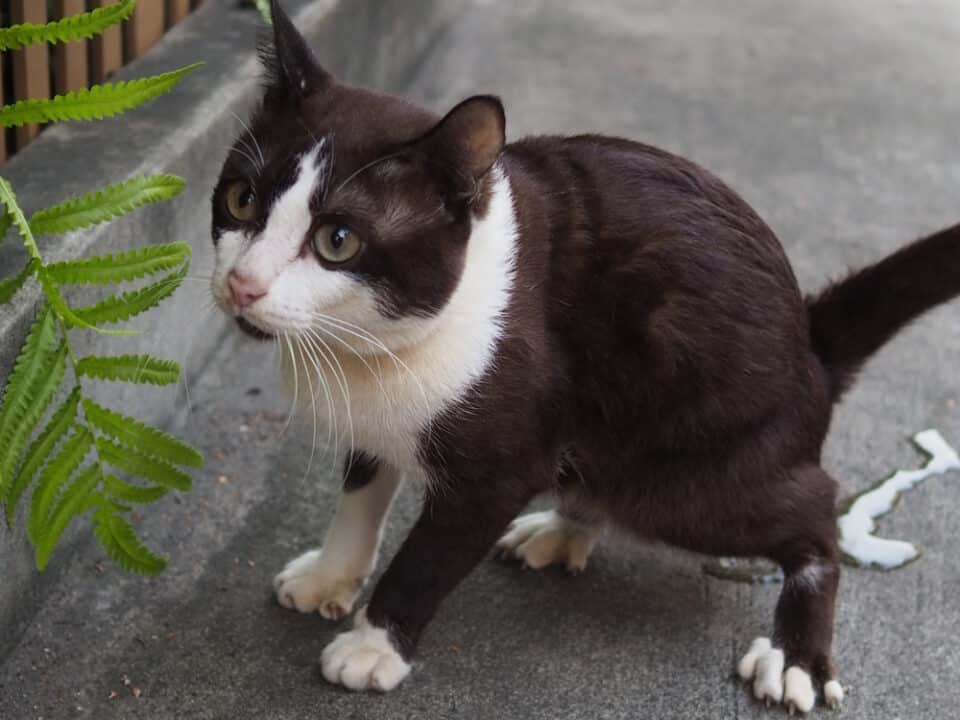Approaching a cat involves honoring their unique boundaries. Dive into these tips to foster pawsitive first encounters with felines.
- Match a cat’s height to make them feel less threatened and more at ease with your presence.
- Cats cherish their space, so giving them room to breathe can ease their anxiety.
- Slow and steady movements prevent scaring the whiskers off your new feline friend.
- A soothing, soft tone can work wonders in making a cat feel comfortable around you.
- Cats prefer gentle eye contact. Instead of staring, try the ‘slow blink’ method to build trust.
Approaching a cat is not unlike negotiating a truce. Getting down to their level makes them feel you’re not a towering giant but a friend. Whether it’s crouching, sitting, or standing by a cat tree, it’s all about making the kitty comfortable in your presence.
Cats value their personal bubble much like humans. When you give them the space they crave, they feel assured that there’s always an escape route. In their little world, it’s about feeling safe and not cornered.
Quick movements are the archenemy. To keep the vibe calm, ease into your approach. Moving slowly isn’t just human-friendly—it’s cat-friendly, too, because rapid actions can seem like a threat to them.
Softly does it! A gentle tone can soothe a cat’s wary nature. It works like magic once they recognize and start associating your voice with safety and friendliness.
Eyes are the windows to the soul, and cats aren’t too keen when someone stares into theirs. Instead, that slow blink tells them, “Trust me; I’m a friend,” a silent exchange that works wonders.
Cats communicate through smell and offering your hand for a sniff is like giving a handshake in cat terms. It’s the perfect way to start a friendship, letting them decide how long they need to assess this new human in their life.
Cats are not fans of random petting. They appreciate waiting for an invitation, like a nudge or head rub, before being touched. In cat etiquette, wait for the head butt to know that petting is on the menu.
Reading a cat’s body language is like decoding a secret message. Heads butted against you or tails held high are positive. But be wary of signs like hissing or rapid tail flicks; these are not friendly cues.
Owners know their cats best, so their input is invaluable during introductions. Listening to them might just win you some brownie points with their furry companion.
Despite wanting an instant cat buddy, patience is key. Each cat is different, and sometimes it takes time for them to open up. Following these tips can make reintroductions smoother each time.
The secret to winning a cat’s heart lies in respecting their space and pace.










